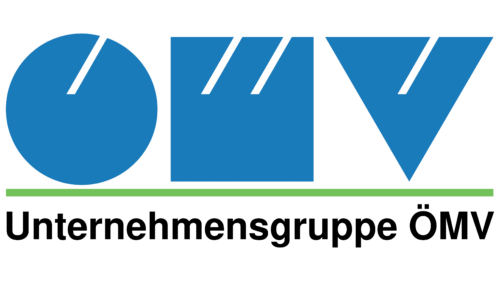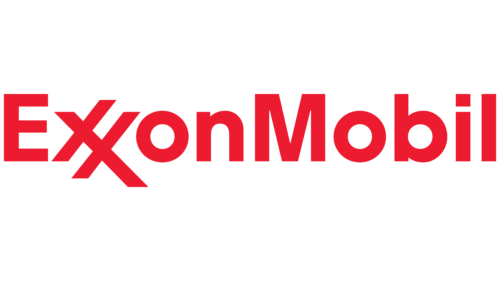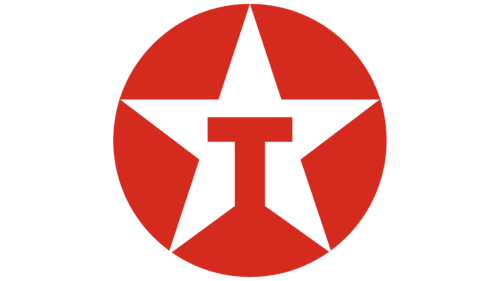OMV: Brand overview
Founded in 1956 in Vienna, Austria, OMV emerged from the Austrian State Treaty and was named Österreichische Mineralölverwaltung Aktiengesellschaft (Austrian Mineral Oil Management Joint Stock Company). Under this agreement, the management of the oil and gas industry, including exploration, refining, and marketing, was transferred to the Austrian state, making OMV the leading integrated energy corporation in Europe.
Initially, OMV focused on the domestic market. However, by 1960, realizing the importance of global expansion, the company commissioned the Schwechat refinery near Vienna. A significant step toward internationalization was taken in 1968 when the company entered into a natural gas supply agreement with the former Soviet Union.
In the 1980s, OMV moved toward privatization, which resulted in the Austrian state giving up its controlling stake by the end of the decade. In the 1990s, OMV entered the international market and entered the plastics industry, which served as the basis for sustained growth.
Today, OMV has a strong position in the European oil and gas industry and is recognized as an influential integrated oil and gas company. With operations in more than 30 countries, OMV has a significant impact on the oil and gas, petrochemical, and natural gas trading markets, thus demonstrating its global presence in the energy sector.
In 1956, OMV was founded, ushering in an era of transformation in the energy industry.
In 1960, the Schwechat refinery was commissioned, marking a significant step towards energy production and economic recovery.
In 1968, a historic agreement between OMV and the former Soviet Union was signed, marking a milestone in the supply of natural gas.
In 1987, Austria made history by becoming the first country to list the shares of a state-owned company on the stock exchange, a landmark moment in global economic progress.
In 1990, the first CNG filling station was opened in Vienna.
In 1998, a new 25% shareholder joined the Borealis Plastics Group, further strengthening its organizational structure.
In 2004, OMV Petrom embarked on the path to privatization, marking a significant evolution in its development.
In 2017, OMV strengthened its global presence in the energy sector by acquiring a quarter stake in the Blue Stream pipeline, further expanding its international influence.
Meaning and History
1956 – 1970s
1970s – 1985
1985 – 1991
1991 – 1995
1995 – today
The logo is an abbreviation depicted in two styles. The upper version is made in the form of large geometric figures: circle, square, and triangle. Thin white slits along the top edges hint that these are letters. The middle figure has two slits, and the figures on the sides have one slit each. All the slits are identical and diagonal. The lower text consists of familiar glyphs. Because of the elongated middle, the letter “M” looks like a “V” with legs on the right and left. The first part is colored blue, and the second part is black. A green line runs between the two.
The top looks like a secret code, teasing to figure out what the letters are. The white slashes are like little clues giving clues. The lower version is calmer, using blue and green colors, as if the sky and grass are together. The green line resembles a small stream separating the two fields.
OMV color codes
| Dark Cerulean | Hex color: | #00457c |
|---|---|---|
| RGB: | 0 69 124 | |
| CMYK: | 100 44 0 51 | |
| Pantone: | PMS 541 C |
| Mantis | Hex color: | #73c15a |
|---|---|---|
| RGB: | 115 193 90 | |
| CMYK: | 40 0 53 24 | |
| Pantone: | PMS 361 C |
| Black | Hex color: | #000000 |
|---|---|---|
| RGB: | 0 0 0 | |
| CMYK: | 0 0 0 100 | |
| Pantone: | PMS Process Black C |









